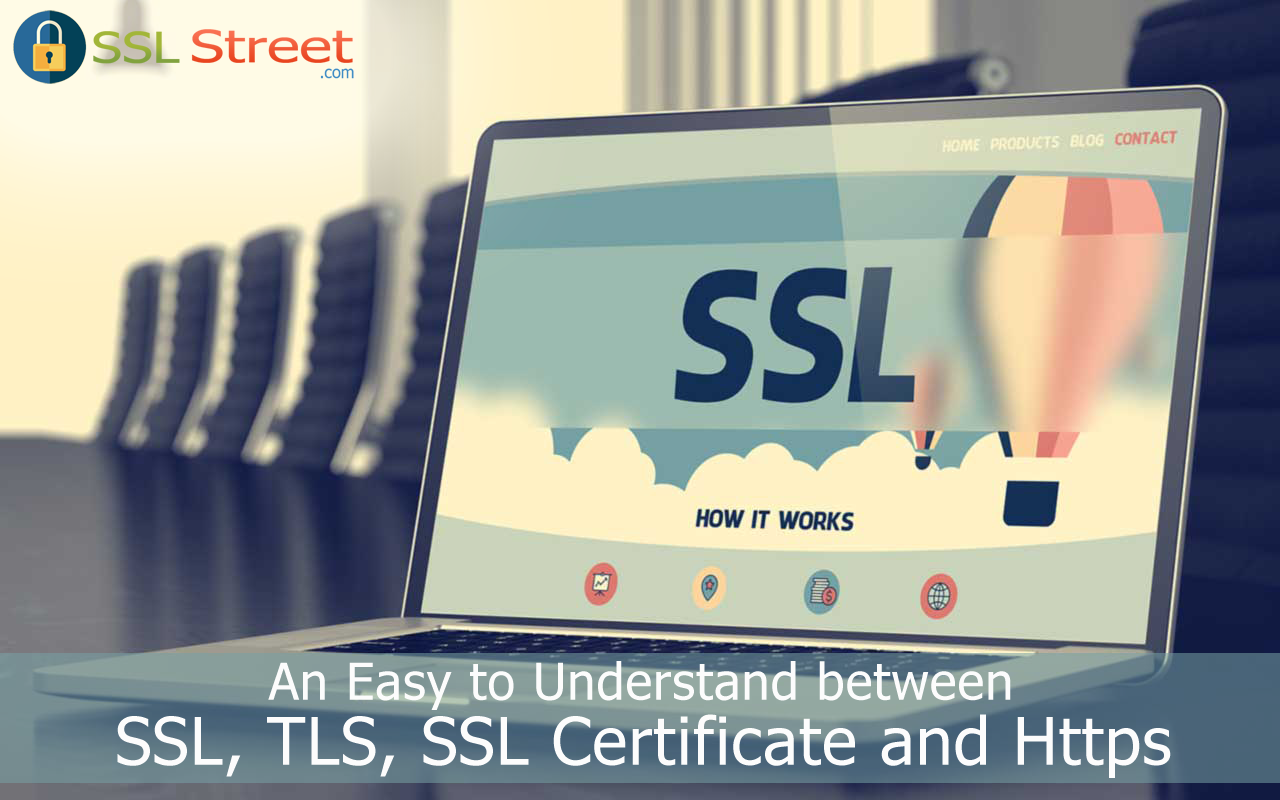If you are technically not very sound and do not understand most of the terms used, then this article is especially written for you. In this article we will discuss about SSL, TSL, SSL certificate and HTTPS in detail, and in a language which is easy to understand.
-
SSL: SSL is an acronym for Secure Sockets Layer. It is a technology used to provide security. Now, the question that comes to our mind is ‘provides security to whom?’ When we open any site, a link is created between a browser and a web server. This link has to be secured so that no hacker can misuse or modify the information or data. To achieve this kind of security, data has to be encrypted to make it impossible to read. With the help of this encrypted link, the data transferred between the browser and the server or, in some cases, one server to another remains safe and secured. In simple words, SSL is a technology which safeguards information, which is being transferred from one system to another from hackers or any other third party by creating an encrypted link between the two systems.
-
TLS: TLS stands for Transport Layer Security. It is similar to SSL but is more secure. In simple words, it is updated version of SSL. However, SSL is the most commonly used term, so if you bought latest SSL and want to go for TLS instead, you don’t have to spend a single penny because most probably the latest SSL which you already have is actually a TLS certificate.
-
SSL Certificate: To get a secure connection or SSL connection between the browser and server, there is a need for SSL certificate. The information SSL Certificate carry is a domain name, company/organization name and complete address along with country name. Along with these details, additional information that the certificate contains is the date of expiration, which thoroughly depends upon the tenure you have opt for, and CA (Certification Authority) details. CA is the entity, which is responsible for issuing SSL Certificate.Whenever a browser makes connection with the server, it checks SSL certificate of that particular site and its expiration date. Along with this, authenticity of Certification Authority (CA) is also verified. If any of the above mentioned information fails, the browser will automatically display a warning about the internet security threat. The warning simply means that the site is not secure to use.
-
HTTPS: It stands for Hyper Text Transfer Protocol Secure. We all are familiar with the term HTTP. HTTPS is a secure version of HTTP. When we talk about the word ‘secure’ we mean encryption (converting data into a non-readable form). When we use internet, wide amount of data is shared. The data can contain personal details, bank account details, credit card details, confidential data or sensitive data. When we share this data online via login forms, online shopping, banking or by any other means, our preference is to transfer data in such a way that it do not fall into wrong hands, is misused or modified. In short, data needs to be transferred from browser to server in a secured way. This is why, HTTPS came into existence. HTTPS provides secure communication over internet.
